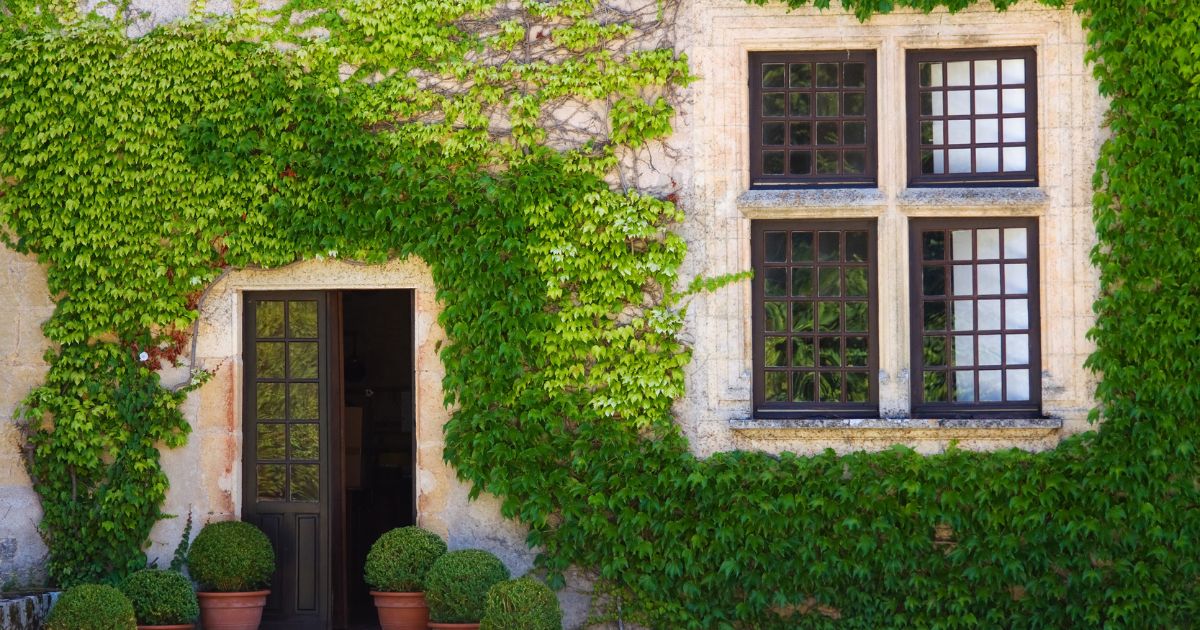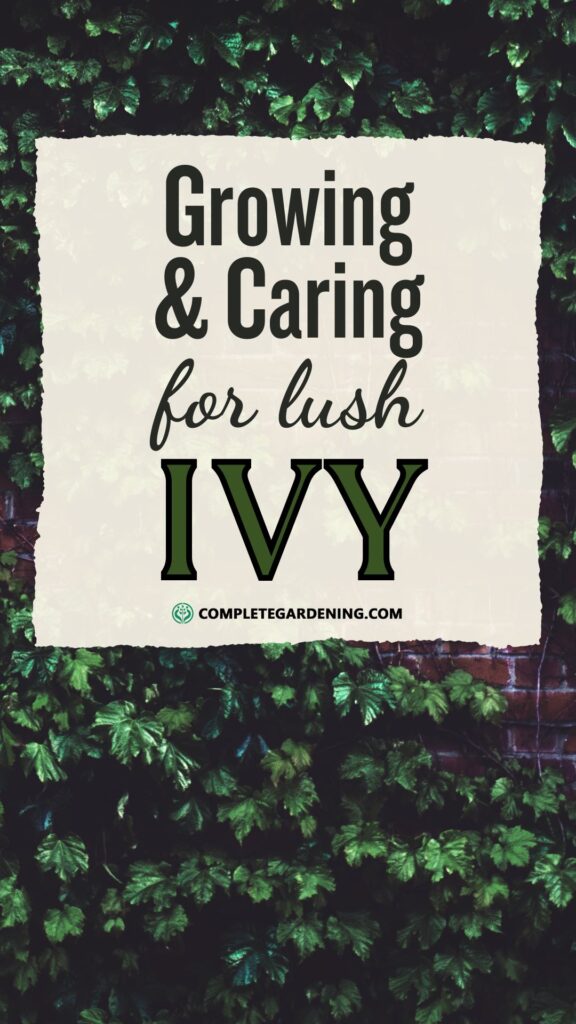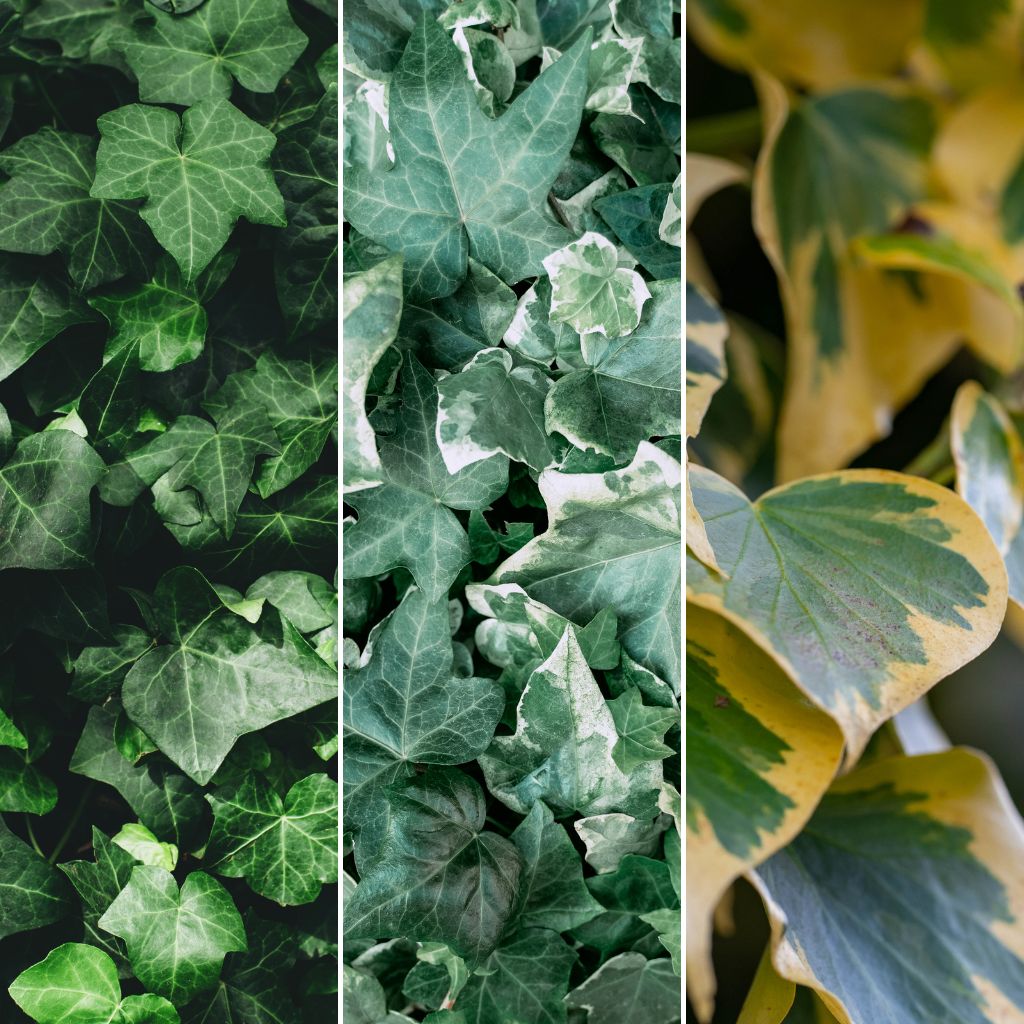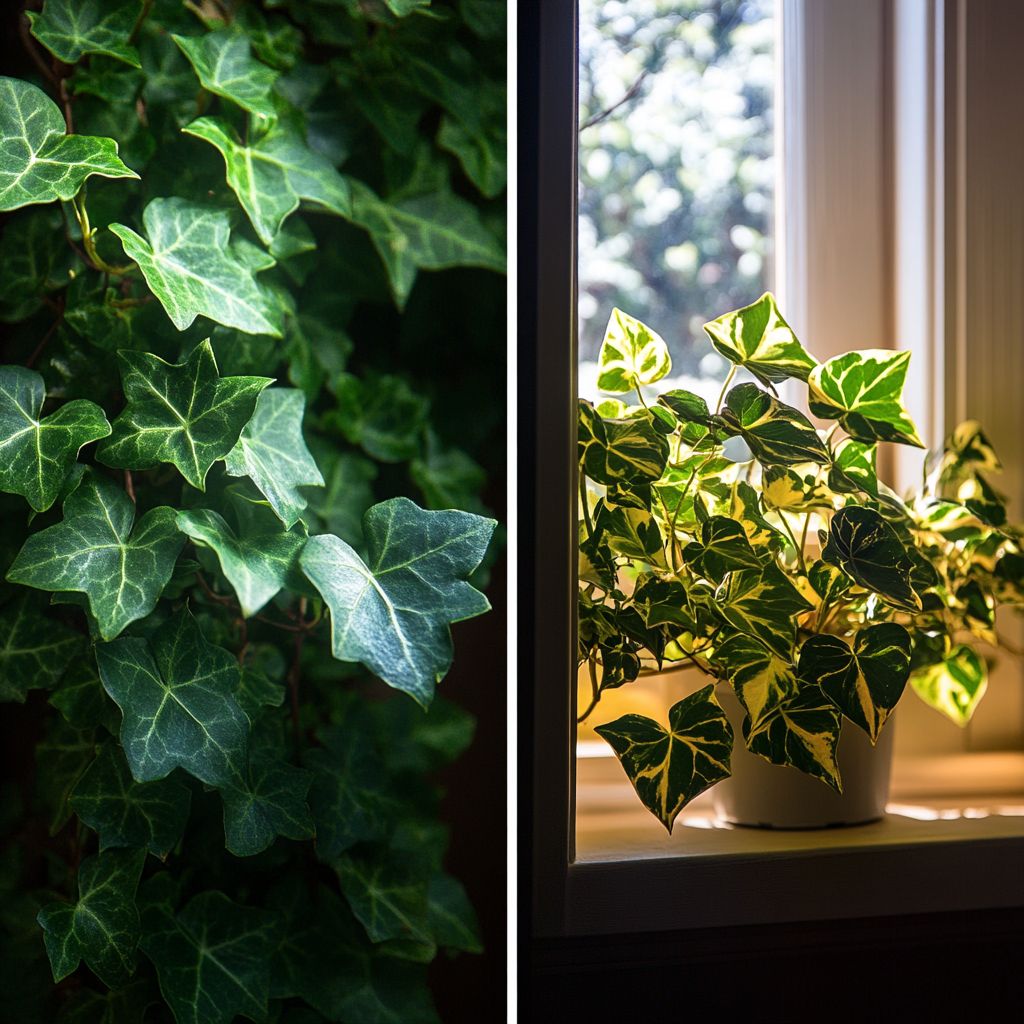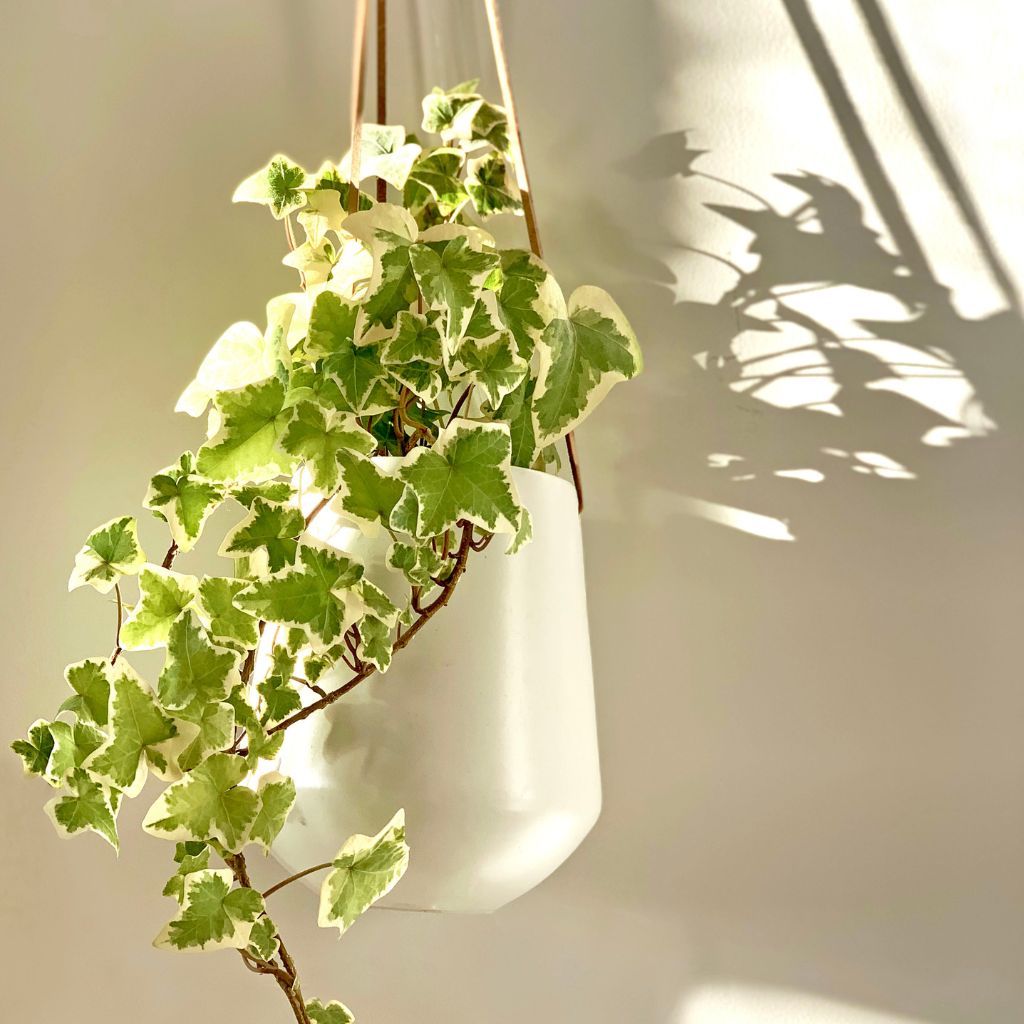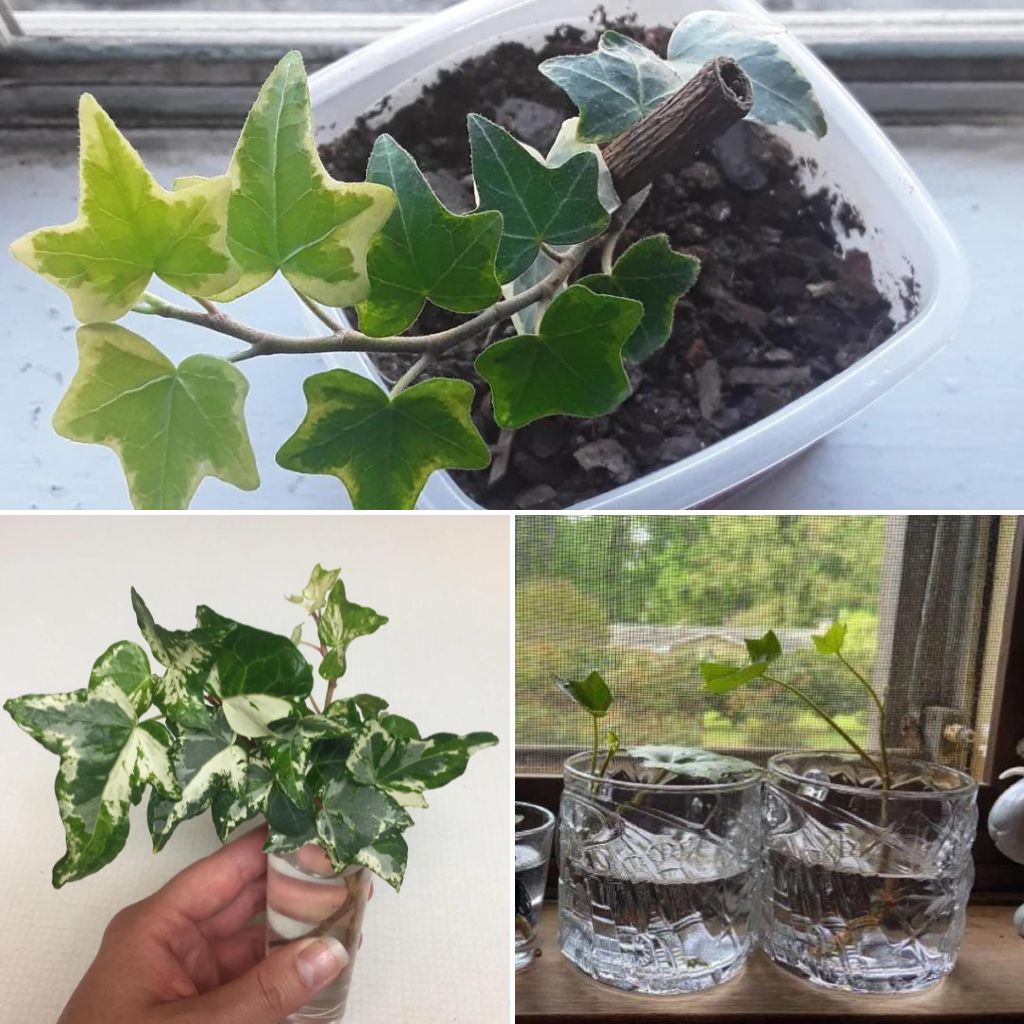Ivy is a classic plant that has captured the hearts of gardeners and homeowners alike for its lush foliage and versatile growing habits.
Whether cascading down from hanging baskets, creeping along garden walls, or creating a green carpet across the ground, ivy is a hardy plant that can thrive in various environments.
This guide will explore how to grow and care for ivy, ensuring it remains vibrant and healthy in your garden or home.
Choosing the Right Ivy for Your Space
There are several species of ivy, each with unique characteristics that make them suitable for different growing conditions. The most common types include English Ivy (Hedera helix), Algerian Ivy (Hedera canariensis), and Persian Ivy (Hedera colchica).
English Ivy is particularly popular due to its ability to thrive both indoors and outdoors. Its small, lobed leaves and rapid growth make it a favorite for covering walls or being used as a ground cover.
Algerian Ivy has larger leaves and is well-suited for warmer climates, while Persian Ivy is known for its larger, heart-shaped leaves.
When choosing ivy, consider the climate, available space, and desired aesthetic. Variegated varieties like ‘Goldheart’ or ‘Glacier’ can add a touch of color with their creamy or golden-edged leaves, brightening up shady areas.
Planting Ivy
Ivy is remarkably adaptable and can be planted in various environments. When planting ivy outdoors, choose a location with well-drained soil.
Ivy can tolerate a range of soil types, but it prefers slightly acidic to neutral pH levels. If planting in a garden, make sure the soil is enriched with compost or leaf mold to provide necessary nutrients.
For indoor planting, use a potting mix that is loose and well-draining. A mixture of potting soil, peat moss, and perlite or sand works well. Ensure the pot has drainage holes to prevent waterlogging, which can lead to root rot.
When planting ivy, dig a hole that is the same depth as the root ball. Space outdoor plants about 12 to 18 inches apart, depending on the variety, to allow room for growth. Water the plant thoroughly after planting to help it establish in its new location.
Light and Water Requirements
Ivy is known for its ability to grow in various light conditions, from full shade to bright, indirect light. However, the plant will thrive best in a location where it receives a few hours of indirect sunlight each day.
Variegated varieties need more light to maintain their vibrant colors, while darker green ivies can tolerate lower light levels.
Watering needs for ivy can vary depending on the environment. Outdoor ivy typically requires watering once a week, depending on the weather.
The soil should be kept consistently moist but not soggy. Indoor ivy needs a similar watering routine but with special attention to the pot’s moisture level.
Water the plant thoroughly, allowing the top inch of soil to dry out between waterings. Overwatering is a common mistake and can lead to yellowing leaves and root rot.
Pruning and Shaping Ivy
Ivy’s vigorous growth can be both a blessing and a challenge. Regular pruning is essential to keep the plant under control and encourage bushier growth.
Prune ivy by cutting back long stems to maintain the desired shape and size. This is particularly important if you are using ivy to cover walls or as a ground cover, where it can quickly become overgrown.
When pruning, use sharp, clean scissors or gardening shears to make clean cuts just above a leaf node. This will encourage new growth from the node, helping the plant to become fuller.
Ivy can be pruned at any time of year, but the best time is in early spring before the growing season begins.
Feeding Ivy
While ivy is not a heavy feeder, it benefits from regular fertilization during the growing season (spring through fall). Use a balanced, all-purpose fertilizer with a 10-10-10 ratio every four to six weeks.
For indoor plants, a liquid fertilizer applied at half strength is often sufficient. Avoid fertilizing in winter, as the plant’s growth slows down during this period, and excess nutrients can lead to fertilizer burn.
Propagating Ivy
Ivy is easy to propagate, making it an excellent choice for gardeners looking to expand their collection or share plants with others. There are two primary methods of propagation: stem cuttings and layering.
To propagate ivy from stem cuttings, take a 4-6 inch cutting from a healthy plant, preferably from new growth.
Remove the lower leaves and place the cutting in water or directly into a pot with moist potting soil. Within a few weeks, roots will begin to form, and the cutting can be transplanted into a larger pot or garden space.
Layering is another simple method of propagation. Lay a vine across the soil and pin it down at a node (where a leaf meets the stem). Over time, roots will develop at the node, and the new plant can be separated from the parent.
Common Problems and Solutions
Despite its hardiness, ivy can be susceptible to a few common problems. Here are some issues you might encounter and how to address them:
Pests: Ivy can attract pests like spider mites, aphids, and mealybugs. These can be managed by regularly inspecting the plant and treating infestations with insecticidal soap or neem oil.
For spider mites, a thorough wash with lukewarm water can help reduce their numbers.
Yellowing Leaves: This is often a sign of overwatering or inadequate light. Adjust your watering schedule and ensure the plant is receiving enough light.
Leaf Spot Diseases: Bacterial or fungal infections can cause dark spots on the leaves. To prevent this, avoid wetting the foliage when watering and remove any affected leaves promptly.
Invasiveness: Ivy’s rapid growth can sometimes become problematic, especially if it starts to overtake other plants or structures.
Regular pruning and monitoring are essential to keep its growth in check. If ivy becomes invasive in your garden, consider removing it by cutting back the main stems and allowing the plant to die off before pulling it out.
Growing lush ivy can be a rewarding experience, whether you’re looking to enhance your garden with evergreen foliage or add a touch of greenery to your home. With the right care, including proper planting, regular watering, occasional feeding, and vigilant pruning, ivy can thrive in almost any environment.
Its versatility and ease of propagation make it an ideal plant for gardeners of all levels. So, embrace the beauty of ivy and enjoy the vibrant greenery it brings to your space.
